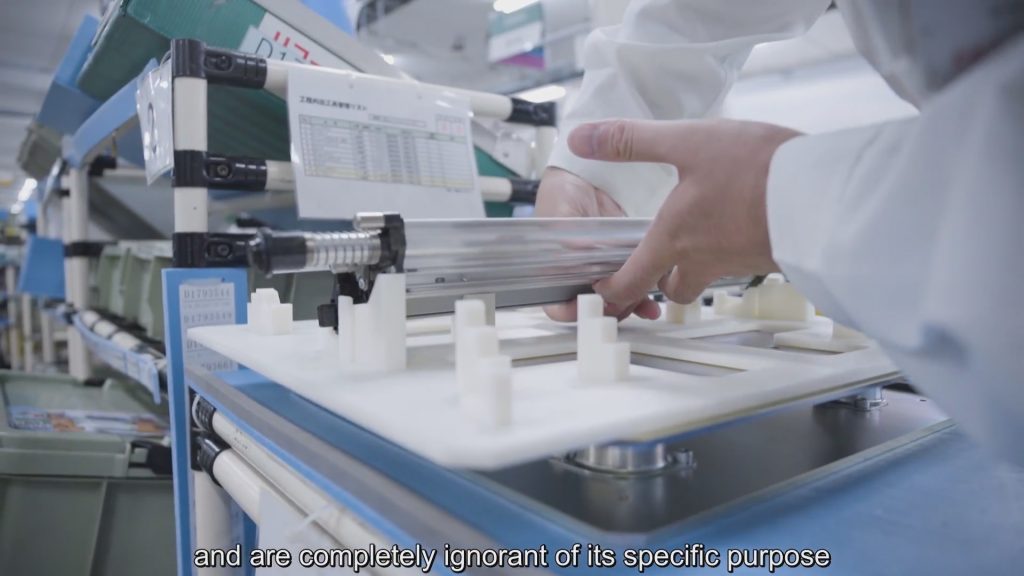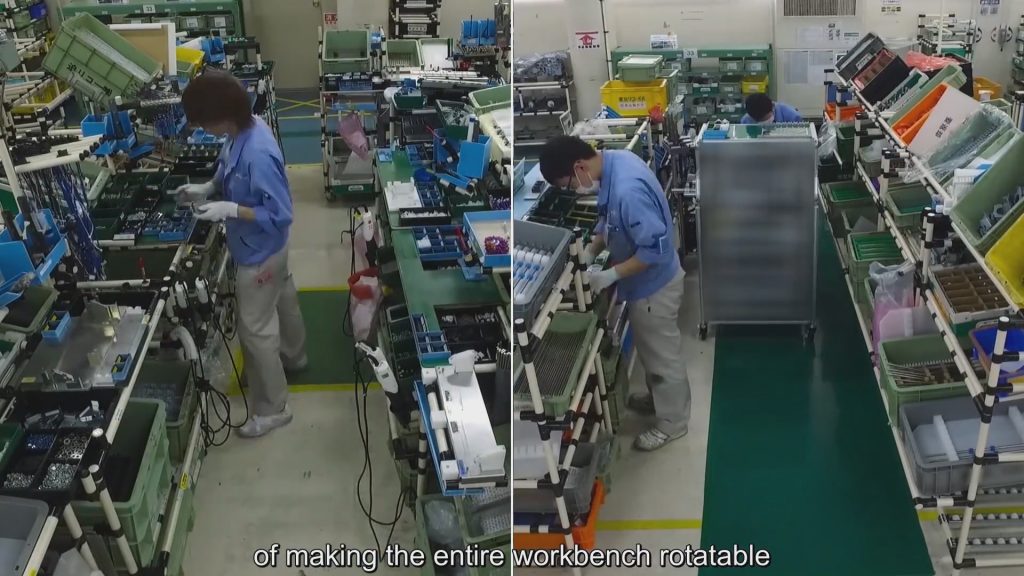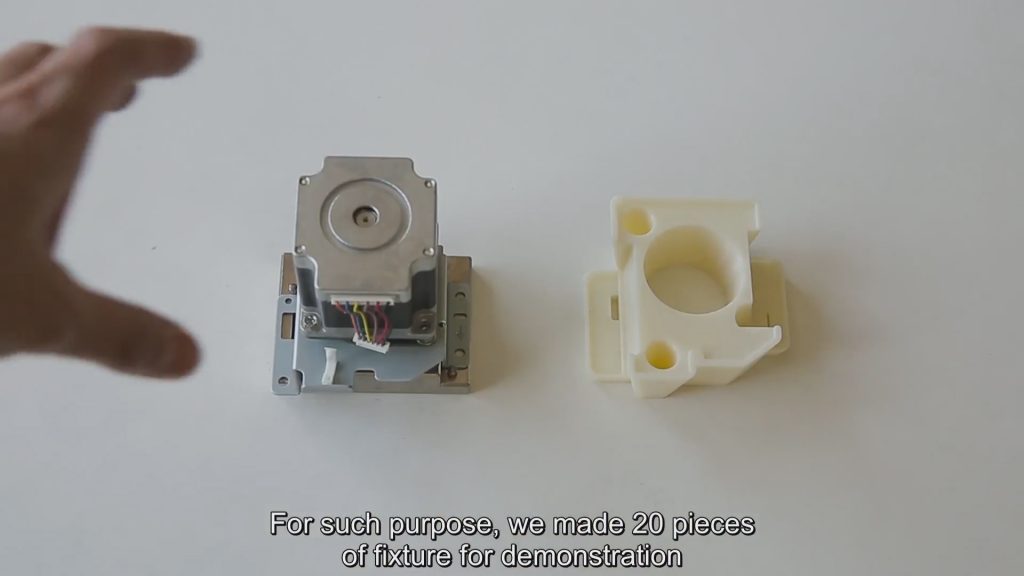Electronics and imaging company Ricoh Japan has announced that it is replacing its traditional metal tooling with 3D printed jigs and fixtures made on a Stratasys Fortus 900mc system.
By integrating 3D printed tools at the Production Technology Center in Miyagi prefecture, Japan, Ricoh is boosting operational yield, and creating a more cost-effective, streamlined assembly line.
Modernization of the assembly line
Ricoh Japan’s primary production output is a range of high-speed photocopiers. Current assembly constitutes around 200 pieces per capita, and is done by hand at a workbench.
Taizo Sakaki, Senior Manager of Business Development at Ricoh Group comments, “Because we are producing an enormous number of parts, it takes a lot of time and effort to identify the right jigs and fixtures for each one.”

“This manual process has become even lengthier as the number of components grows, requiring that an operator examine the shape, orientation and angle of each part before taking out a tool and placing it back in its original fixture.”
Looking to enhance this process for operators, Ricoh proposed a new rotatable workbench that would facilitate faster assembly times. Additionally, the company identified 3D printing as a possible solution to redesign “occasionally annoying” jigs and fixtures to match its manufacturing schedule.

Polymers replace metal
Fused Deposition Modeling (FDM) and Selective Laser Sintering (SLS) polymer 3D printing techniques were highlighted as the two technologies most suitable for purpose.
After comparing the two, Ricoh engineers selected FDM technology for the range of materials available to use.

Implemented by the industrial Fortus 900mc system, Ricoh can harness multimaterial FDM capabilities for its tooling, finding non conductive and heat resistant polymers useful in assembly of the consumer grade electronics.
Weight reduction and cost savings
In addition to material versatility, Ricoh can reduce the weight, and resulting cost, of its tooling components. As an example, what was once a solid metal fixture weighing 20 kg is now reduced to a high-strength ABS part weighing less than 1 kg.
In a different example use case in Portugal, Volkswagen Autoeuropa were able to save $160,000 in tooling costs by switching over to 3D printed jigs and fixtures.
Closing a statement on Ricoh’s integration, Sakaki says “Now with Stratasys 3D printing, we are able to customize the tools according to the part and produce them on demand which is helping us restructure and modernize our production process.”
Featured image: Stratasys 3D printed ABS fixtures on the Ricoh assembly line. Photo via Stratasys

